The 1970s was a golden age of television, and with hit shows dominating the airwaves, networks were eager to capitalize on their success by spinning off popular characters into their own series. Some of these spin-offs became legends in their own right, while others faded into obscurity. While you may remember Laverne & Shirley or The Jeffersons, there were plenty of others that didn’t stand the test of time. Let’s take a look back at 14 forgotten spin-offs from the ’70s that once had a shot at TV glory.
1. Flo (Alice Spin-Off, 1980-1981)
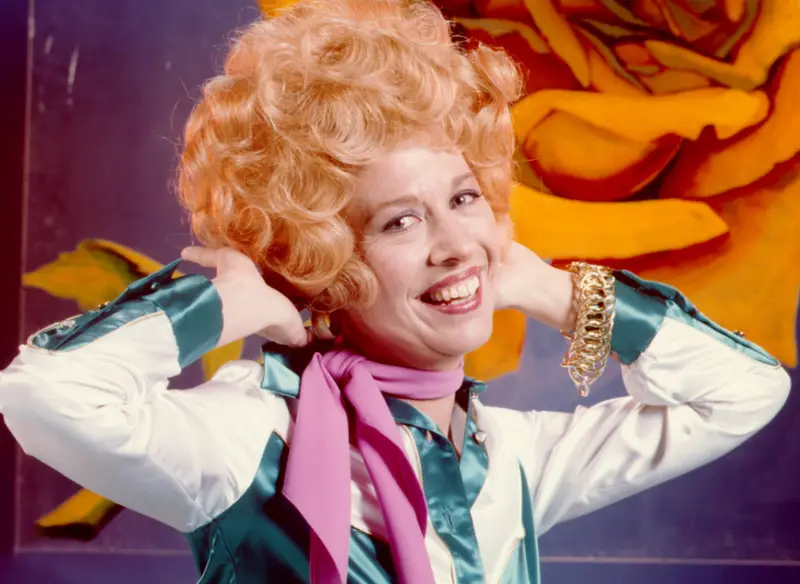
Polly Holliday’s sassy, tough-talking waitress Flo was such a scene-stealer on Alice that CBS gave her a spin-off in 1980. Flo saw the beloved character leaving Mel’s Diner and heading to her hometown in Texas, where she impulsively bought a rundown roadhouse called “Flo’s Yellow Rose.” The show followed her attempts to run the business while dealing with quirky locals and romantic mishaps. Despite the change of scenery, Flo kept her signature catchphrase, “Kiss my grits,” which had already become a pop culture staple.
While Flo debuted with strong ratings, audiences lost interest as the novelty wore off, and the show was canceled after just two seasons. Part of the issue was that Flo worked best as a supporting character rather than the main focus. Without Mel, Alice, and Vera to bounce off of, the magic wasn’t quite the same. Today, Flo is mostly remembered by die-hard Alice fans, but for a brief moment, it looked like it could be a long-term hit.
2. Tabitha (Bewitched Spin-Off, 1977-1978)
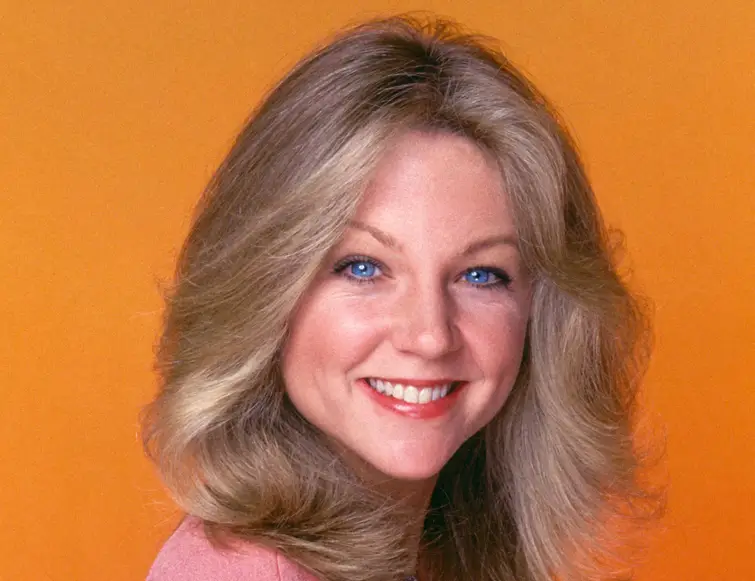
After Bewitched wrapped up in 1972, ABC attempted to revive the magic with Tabitha, a spin-off focused on Samantha and Darrin’s now-adult daughter. Tabitha, played by Lisa Hartman, was working as a TV producer while secretly using her inherited witch powers to navigate life and career challenges. Her brother Adam, who in this version had no powers, tried to keep her grounded in the mortal world. The premise had potential, but the show struggled with consistency, changing major details from the original series, including Tabitha’s previously established age.
Despite its connection to Bewitched, Tabitha only lasted one season. Part of the problem was that it lacked the charm of the original, and without Elizabeth Montgomery’s presence, it felt like a weak imitation. Fans of Bewitched tend to forget Tabitha even existed, which is probably for the best, as it never quite lived up to the legacy of its magical predecessor.
3. Grady (Sanford and Son Spin-Off, 1975-1976)
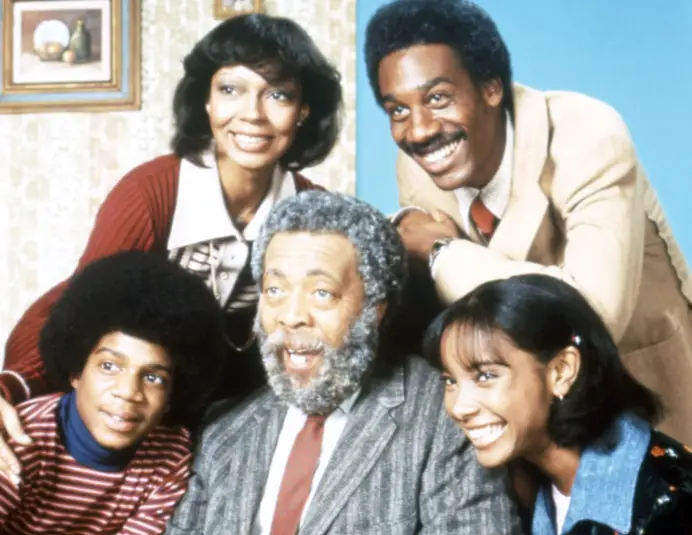
Fred Sanford’s best friend, the lovable yet absentminded Grady Wilson, was given his own show in 1975. Grady saw him moving in with his daughter and her family, attempting to help raise his grandkids while getting into the usual sitcom-style hijinks. The humor was similar to Sanford and Son, with Grady’s forgetful nature and exaggerated storytelling leading to misunderstandings and comedic situations. Despite Whitman Mayo’s charm, the show never found its footing.
Grady struggled to capture the same magic that made Sanford and Son a hit, and ratings plummeted after a few months. The biggest issue was that Grady worked best as a sidekick rather than a lead character, and without Fred Sanford around to play off, his bumbling charm wasn’t quite enough. The show was quickly canceled, and Grady returned to Sanford and Son as if his spin-off never happened.
4. The Girl with Something Extra (Bewitched Adjacent Spin-Off, 1973-1974)
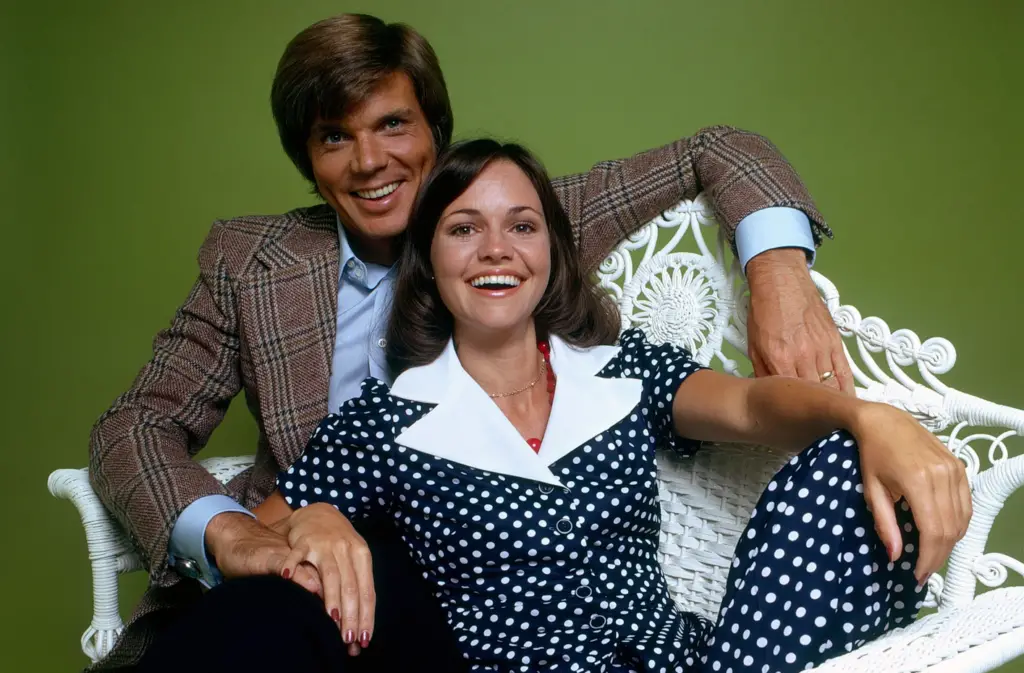
The Girl with Something Extra wasn’t a direct spin-off of Bewitched, but it certainly felt like one. Starring Sally Field as a woman who could read minds, the show followed her marriage to an ordinary man who had to adjust to life with a telepathic wife. It was an attempt to recapture the charm of supernatural sitcoms, with a heavy dose of romance and comedy.
Despite Sally Field’s natural charisma, the show never found an audience. Viewers had already seen similar concepts with Bewitched and I Dream of Jeannie, and The Girl with Something Extra didn’t offer enough new twists to stand out. It was canceled after just one season and quickly faded into obscurity.
5. Checking In (The Jeffersons Spin-Off, 1981)
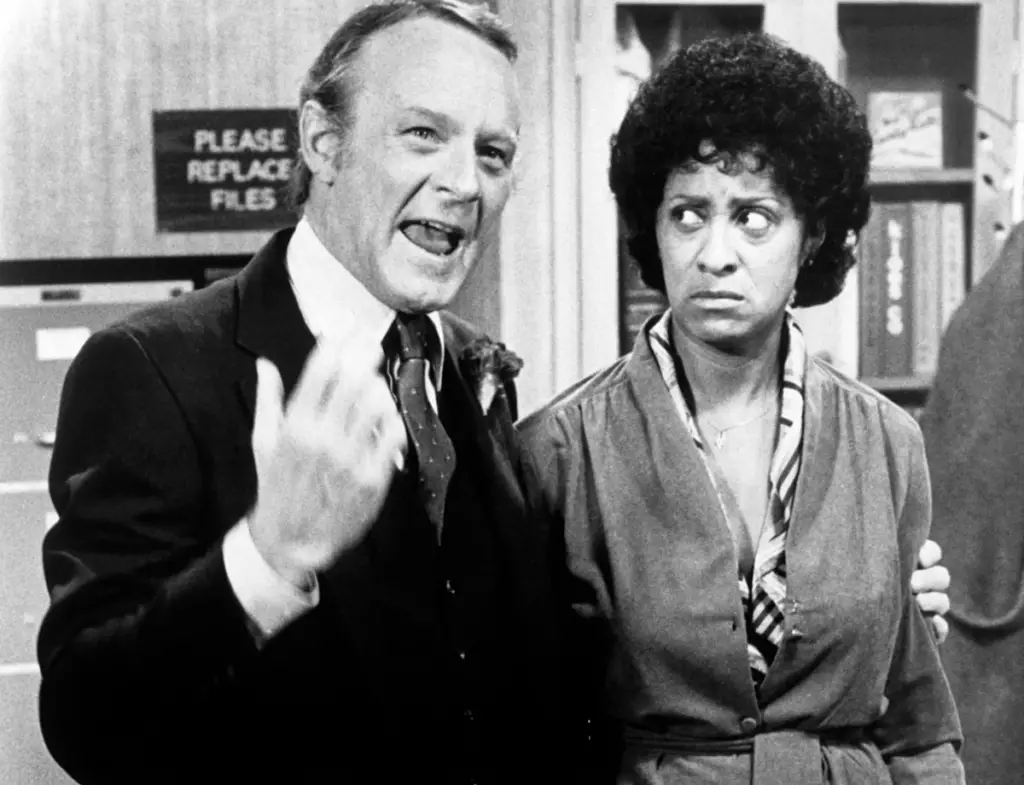
Florence Johnston, the wisecracking maid from The Jeffersons, was such a fan favorite that CBS decided to give her a show of her own. Checking In followed Florence as she took a new job as the head of housekeeping at a fancy hotel. The show’s premise had potential, but it lacked the strong supporting cast that made The Jeffersons such a hit.
Ratings were low, and the show was canceled after only four episodes. Florence quickly returned to The Jeffersons, and it was as if Checking In had never happened. Today, it’s a footnote in sitcom history, mostly remembered by die-hard fans.
6. The Andros Targets (Lou Grant Adjacent Spin-Off, 1977)
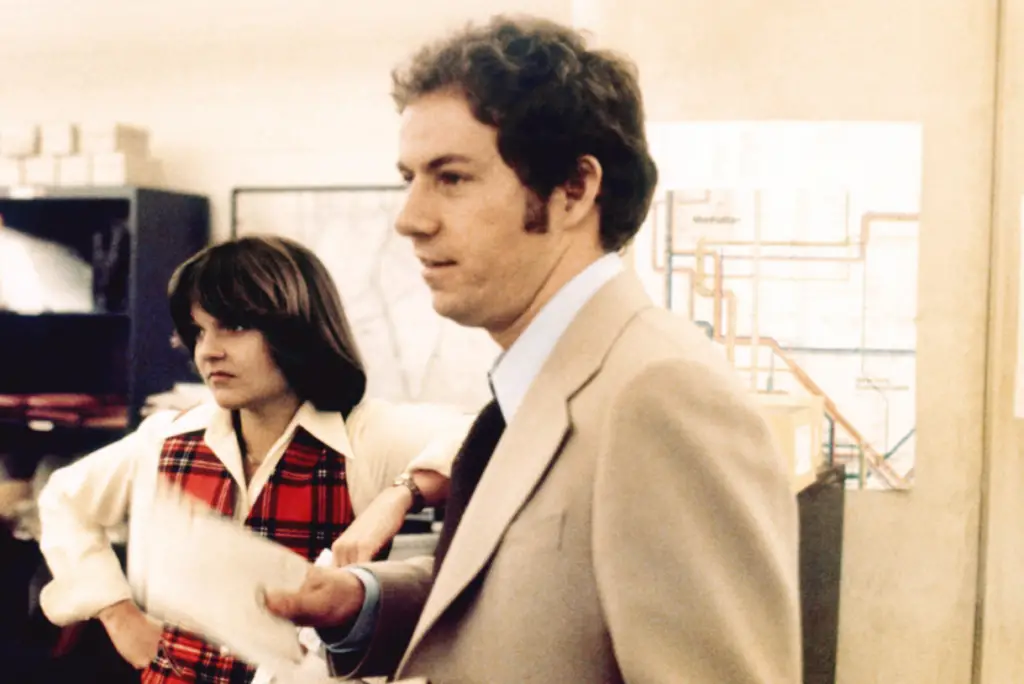
Lou Grant was a rare example of a sitcom spin-off turning into a hard-hitting drama, and The Andros Targets attempted to follow suit. The show centered on journalist Mike Andros, who worked at a New York City newspaper and uncovered corruption while investigating major scandals.
While the premise was timely, the show failed to make an impact, lasting only a few months before being canceled. It lacked the depth of Lou Grant and never managed to build a dedicated audience.
7. Joe & Valerie (Welcome Back, Kotter Spin-Off, 1978-1979)
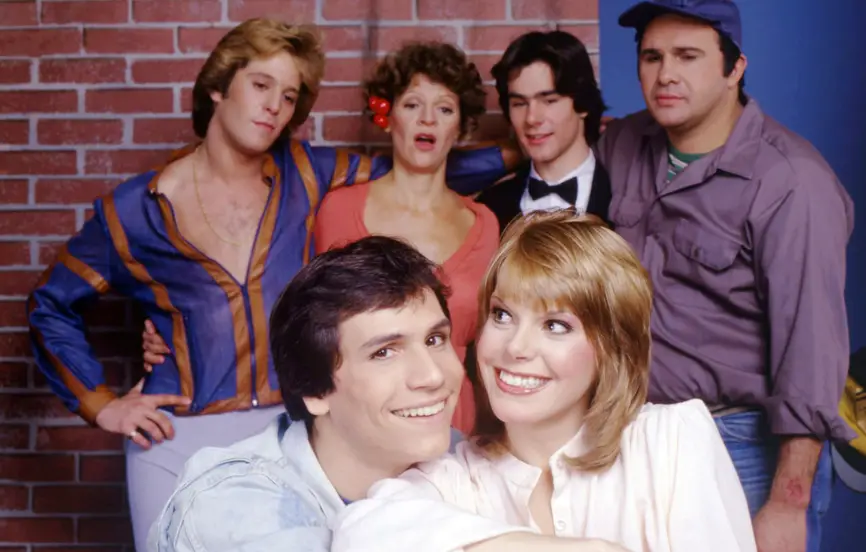
With Welcome Back, Kotter making waves in the late ’70s, networks tried to capitalize on its success with a more youth-focused spin-off. Joe & Valerie followed Joe, an aspiring mechanic, and Valerie, an ambitious secretary, as they navigated young adulthood in New York City. While the characters were originally introduced in Kotter, their spin-off took a more romantic sitcom approach, focusing on their struggles with work, relationships, and independence.
The show attempted to capture the humor and streetwise charm that made Kotter a hit, but it never quite connected with audiences. Without the familiar classroom setting and the antics of the Sweathogs, the spin-off felt like an unrelated sitcom that just happened to borrow some characters. It was quickly pulled from the schedule after only a handful of episodes, making it one of the least-remembered Welcome Back, Kotter spin-offs.
8. Sanford Arms (Sanford and Son Spin-Off, 1977)
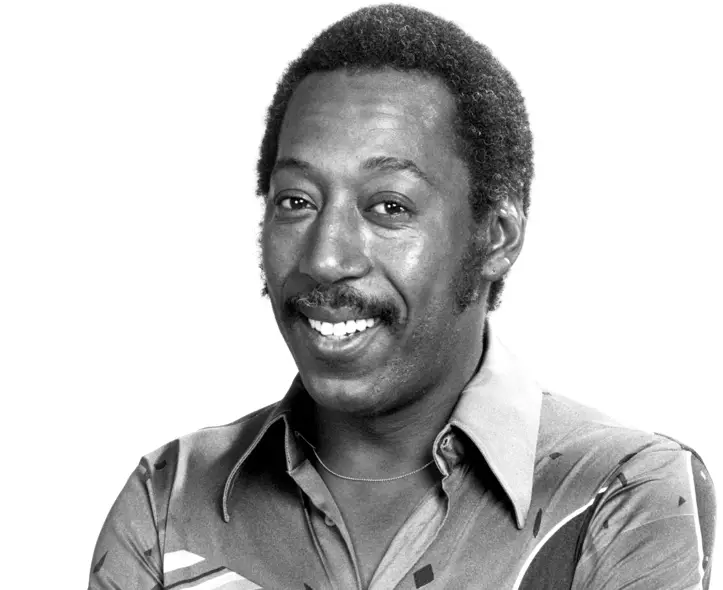
After Sanford and Son ended in 1977, NBC tried to keep the franchise going with Sanford Arms. The show followed Phil Wheeler, a longtime friend of Fred Sanford, who bought the Sanford home and turned it into a boarding house. The premise was built around new tenants and their comedic struggles, with characters like Grady making occasional appearances to provide a connection to the original show.
Unfortunately, Sanford Arms was missing its most crucial element—Redd Foxx. Without Fred Sanford’s larger-than-life presence, the show lacked the spark that made Sanford and Son a hit. Ratings were dismal, and Sanford Arms was canceled after just four episodes, making it one of the shortest-lived spin-offs of the era.
9. Mrs. Columbo (Columbo Spin-Off, 1979-1980)
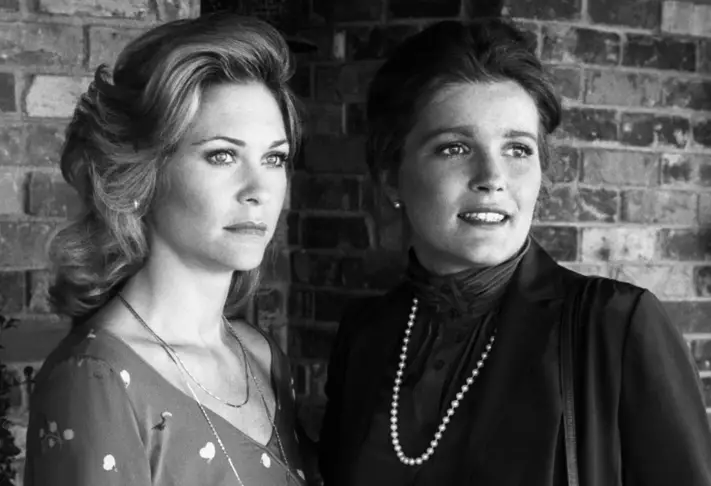
One of the strangest and most misguided spin-offs of all time, Mrs. Columbo attempted to center a show around the never-seen wife of the legendary detective. Played by Kate Mulgrew, the character was reinvented as a young reporter who solved crimes on the side. The show was meant to expand on the Columbo universe, but fans rejected it almost immediately, as it contradicted the well-established image of Columbo’s wife as a quiet, home-loving woman.
As a result, Mrs. Columbo underwent multiple retoolings, even being renamed Kate Loves a Mystery, in a desperate attempt to distance itself from the Columbo connection. None of it worked, and the show was quietly canceled after two seasons. To this day, Mrs. Columbo remains one of the most infamous failed spin-offs in TV history.
10. Fish (Barney Miller Spin-Off, 1977-1978)
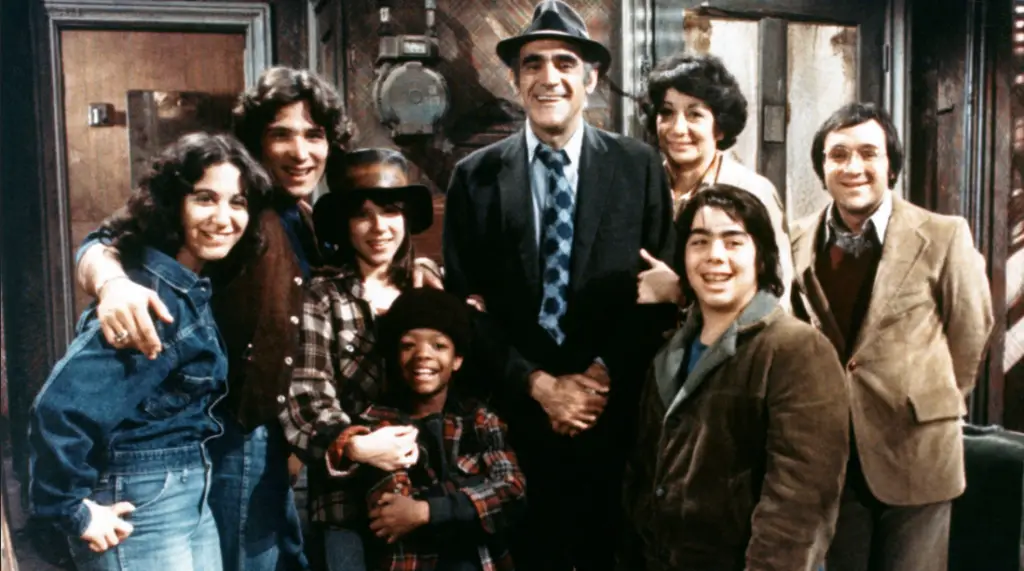
Abe Vigoda’s gruff yet lovable Detective Phil Fish was such a fan favorite on Barney Miller that he was given his own series in 1977. Fish followed the detective as he retired from the police force and became a foster parent to a group of troubled kids. The show attempted to blend family sitcom elements with the dry humor of Barney Miller, creating an unusual mix of comedy and social commentary.
While the premise was heartwarming, the execution was uneven. Fish lacked the sharp writing that made Barney Miller a hit, and the show’s focus on troubled youth felt tonally inconsistent with its humor. After two seasons, it was canceled, and Fish made his way back to occasional guest appearances on Barney Miller, as if his spin-off had never happened.
11. The Ropers (Three’s Company Spin-Off, 1979-1980)
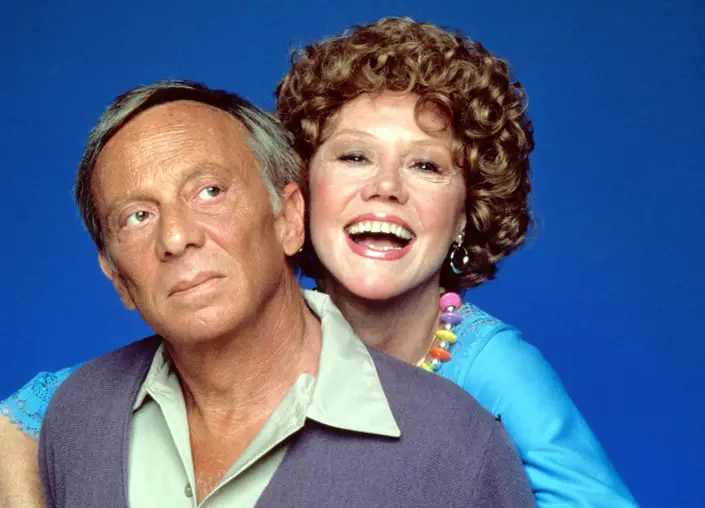
When Three’s Company became a smash hit, the show’s landlords, Stanley and Helen Roper, were given their own spin-off. The Ropers followed the couple as they moved into an upscale condo community, much to the dismay of their snooty new neighbors. The show leaned into the Ropers’ dynamic—Stanley’s grumpy antics and Helen’s exasperation—but without the rest of the Three’s Company cast, the magic just wasn’t the same.
While The Ropers started strong in the ratings, it quickly lost steam. When it was canceled after two seasons, the Ropers weren’t allowed to return to Three’s Company, making it one of the most unfortunate spin-off experiments of the decade. Today, it’s mostly remembered by Three’s Company die-hards, but it never reached the same level of success as its parent show.
12. The Super Globetrotters (Harlem Globetrotters Spin-Off, 1979)
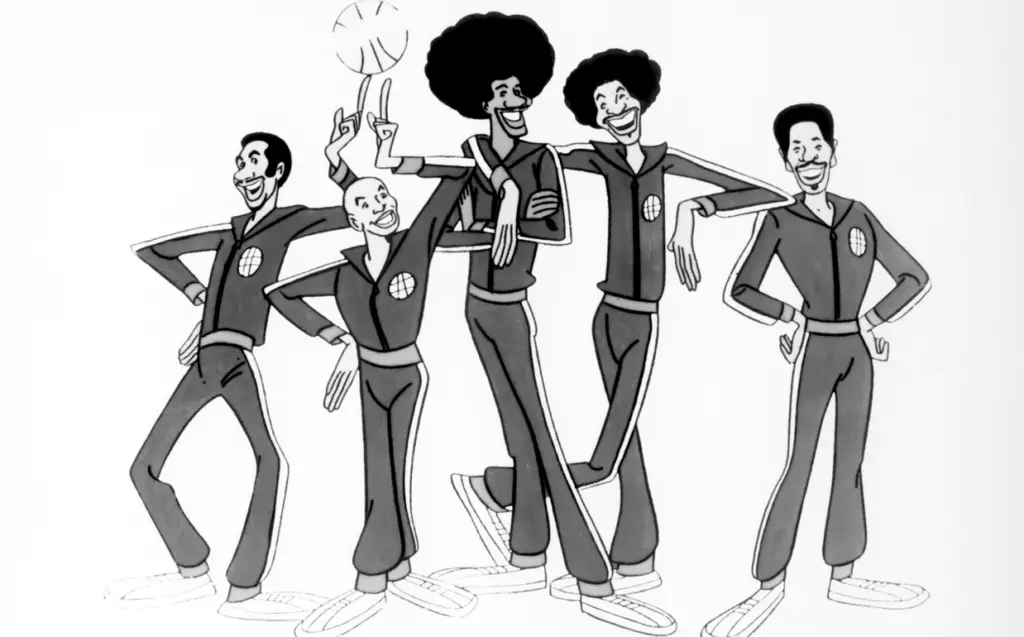
The Harlem Globetrotters had already been turned into a successful animated series in the early ’70s, but in 1979, Hanna-Barbera took things a step further with The Super Globetrotters. This bizarre Saturday morning cartoon featured the legendary basketball team transforming into superheroes, each with their own unique powers. They battled ridiculous villains while still managing to play basketball on the side.
The show’s mix of sports, slapstick comedy, and superhero antics made it entertaining for kids, but it was too silly to last. After a single season, it disappeared from TV schedules, leaving behind only faint memories of its absurd concept. While the Globetrotters remained pop culture icons, their brief foray into superheroics is mostly forgotten.
13. Hizzoner (The Mary Tyler Moore Show Adjacent Spin-Off, 1979)
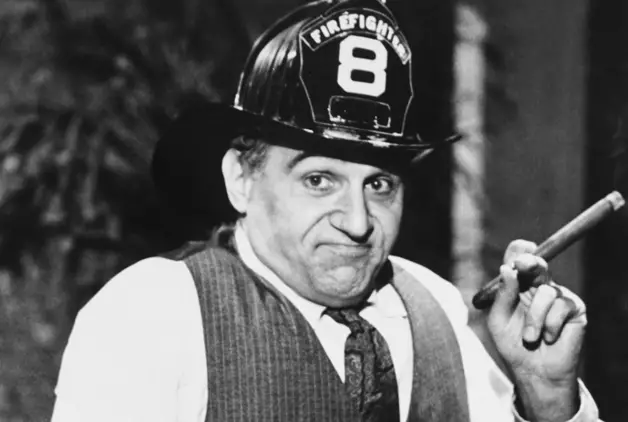
The Mary Tyler Moore Show was famous for launching multiple successful spin-offs, but Hizzoner was not one of them. This short-lived comedy starred David Huddleston as an eccentric mayor dealing with the daily absurdities of running a big city. While the show attempted to capture the workplace comedy magic of The Mary Tyler Moore Show, it lacked the warmth and wit that made the original a classic.
Critics were unimpressed, and audiences weren’t interested, leading to Hizzoner being pulled from the air after just a few episodes. Unlike Lou Grant or Rhoda, this was one Mary Tyler Moore spin-off that never found its audience.
14. WALTER (MASH Spin-Off, 1984 – Unsuccessful Pilot)
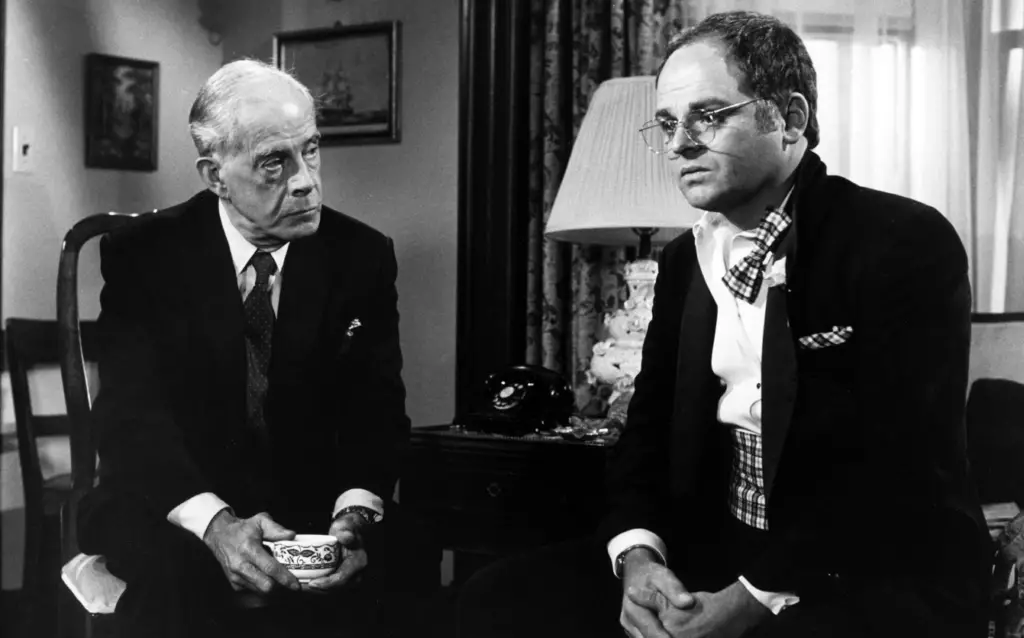
While Trapper John, M.D. found success as a dramatic spin-off of MASH*, another attempt to continue the franchise failed before it even got started. WALTER* was meant to follow Radar O’Reilly as he adjusted to civilian life after the Korean War. The pilot depicted Radar as a struggling ex-soldier who became a police officer while dealing with personal hardships.
The tone was much darker than expected, and audiences weren’t interested in seeing Radar in such a downbeat setting. CBS passed on making it a full series, and WALTER* faded into obscurity, making it one of the strangest and most forgotten MASH* spin-offs.
The 1970s was an era when networks eagerly launched spin-offs, hoping to turn every supporting character into the next TV star. While some succeeded, many faded into obscurity, remembered only by the most dedicated fans of their parent shows. These forgotten series remind us that even in television’s golden age, not every idea turned into a classic. But for those who do remember them, these spin-offs remain fascinating relics of a time when TV networks were willing to take risks—sometimes with hilariously bad results.


